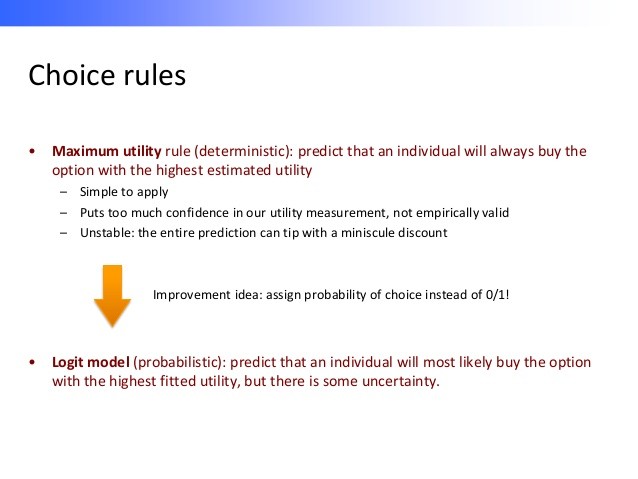How Do You Use Stock Simulators
Post on: 26 Май, 2015 No Comment

Have you thought about buying stock in a certain company but just didn’t have the cash to make a trade? Or perhaps you heard news about a company and though to yourself that the stock price was poised to rise? Or maybe have you have always just wanted to know more about picking stocks? Thanks to virtual stock exchange technology, stock market simulators that let you pick securities, make trades and track the results—all without risking a penny—are as close as your keyboard or cell phone.
Sims, Sims Everywhere
There are a host of stock market simulators to choose from, with each offering a variety of features and benefits. Some are easy to use and offer only basic investment choices and trading strategies. Others are more complex, offering more advanced securities such as options and currency trading. Some are simply tutorials that help investors learn to trade, while others sponsor contests that provide an opportunity to test your skills against other users and even win real money. The simulator that’s right for you will depend on your skill level and reasons for trading. You may start out with a basic offering and more on to a more sophisticated platform once your skill level improves. When you are ready to give it try, the following simulators have all received high marks from various reviewers.
How the Market Works
How the Market Works is advertised as “the web’s most popular Free stock market game.” Like most of the simulators, to sign up, you enter your email address and age, opt in or out of third-party contact and are then ready to trade with virtual cash. On this site, investors can buy stocks, mutual funds and exchange-traded funds in the U.S. and Canadian markets. Currency trading and short-selling enable investors to practice more advanced investing strategies. The penny stock area even provides detailed insight into the potential dangers investors face when trading penny stocks.
Several trading modes are available, providing everything from real-time hours that match the stock market (including pre-market and after-market trading for those seeking to replicate the live-market experience) to fun mode that permits trading twenty four hours a day.
The site provides and extensive library of educational articles to help new investors get started and a variety of contests that let pit would-be traders against each other in a test of skills. To facilitate various trading strategies, it also provides data on the most actively traded stocks, the direction the financial markets are moving and the direction of currency markets. For investors who are ready to dig a little deeper and begin researching individual securities, the site’s research area provides the same level of detail available in real brokerage accounts, including company news and analyst recommendations.
While the site has a significant number of attractive features, more sophisticated investors may not appreciate the limited selection of order types. “Market orders” and “limit orders” are the only available selections, and option trading is not offered. The stock screener is also limited, with screening by price, volume, earnings and industries the only available selections.
Wall Street Survivor
Wall Street Survivor is another popular stock market simulator offering stocks (but not penny stocks ), options and currency trading. After signing up, novice investors can upgrade their skills with a variety of educational courses, including six on Getting Started in the Stock Market. With offerings ranging from Understanding Stock Market Indexes to Reading a Stock Quote, this site covers the bases with insightful information. An array of tutorials, articles and videos rounds out a solid package.
The site is geared to entry-level investors, with a social-media style design and simple, basic informational displays. Information such as analysts ratings and stock research are presented in an easy to understand with few words or complex charts. Users can earn badges and compete for prizes while learning how to invest.

Investors that are familiar with standard brokerage accounts may find the information and data presented on Wall Street Survivor to be too basic. While the navigation is simple and user friendly, it is a less-than-perfect match for users seeking to replicate the look and feel of an actual brokerage account. While the interactive community chat room is an interesting feature that compliments the social-media theme and design, it is filled with the usual off-topic and unhelpful commentary found on so much of the web.
The Investopedia stock simulator is well integrated with the site’s familiar educational content. The simulator includes How to Guides on everything from The User Interface Tabs and Purchasing Stocks to Advance Trade Types, Covering Short Positions and Cancelling Orders. If you’ve never traded currency, the Forex Walkthrough is an outstanding guide.
The actual trading occurs in context of a game, which can involve joining a preset session or the creation of a custom session. The how-to guide within the Investopedia Competition (no end) game is the recommended starting place. Games include U.S. stocks, Canadian stock, those targeted to beginners, those designed for more advanced investors and self-designed sessions that let you test desired skills.
Options, margin trading. adjustable commission rates and other choices provide a variety of ways to customize the games. From there, an easy-to-navigate menu provides lets users update their profiles, review holdings, trade and check their rankings, research investments and review their awards (which can be earned for completing various activities).
The Bottom Line
Stock market simulators provide a safe, structured environment where would-be investors can teach themselves about investing without risking any money. With time and practice, on the simulators, the transition to actual trading in a real brokerage account will be seamless. Just remember, once you leave the virtual world and start trading in the real world, mistakes can be costly and a bad trade can result in the loss of real dollars.














